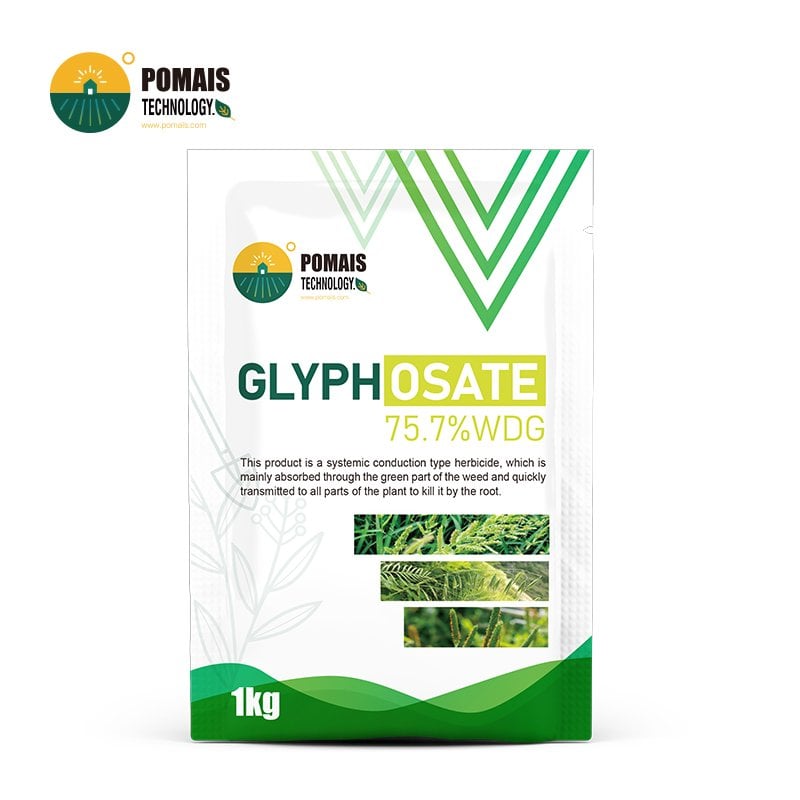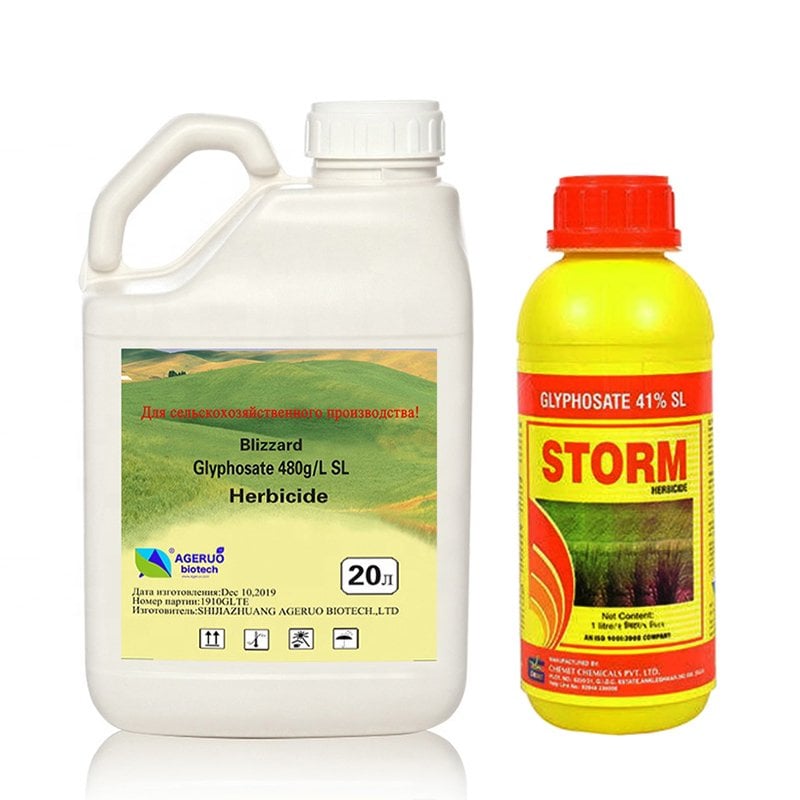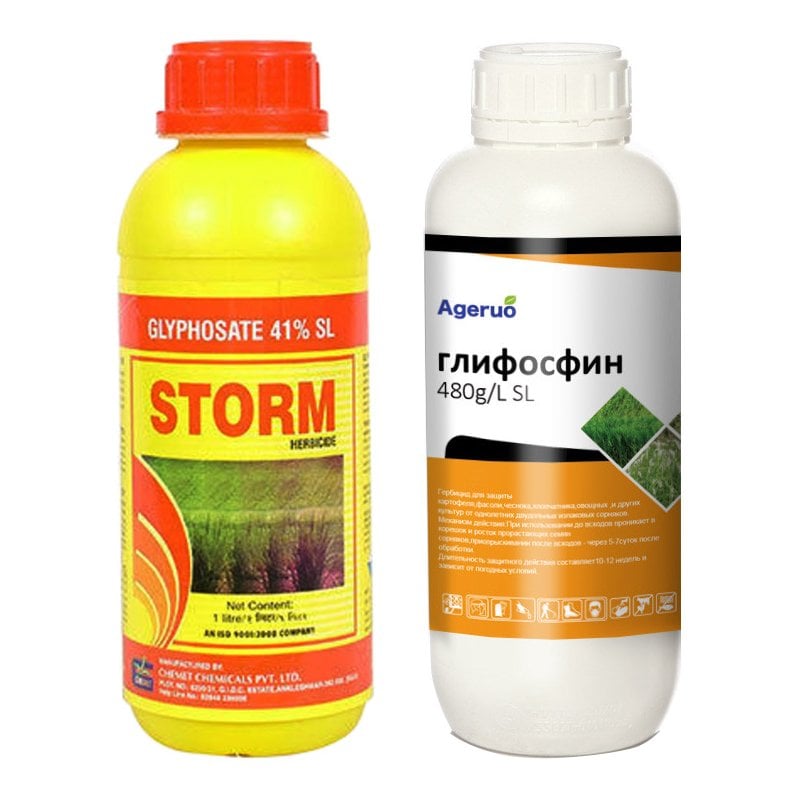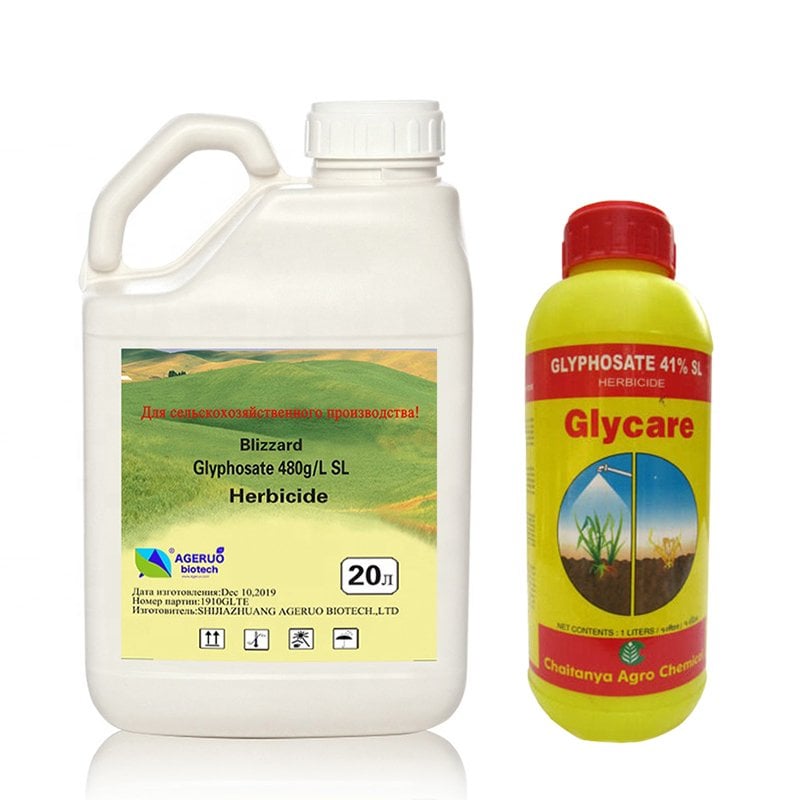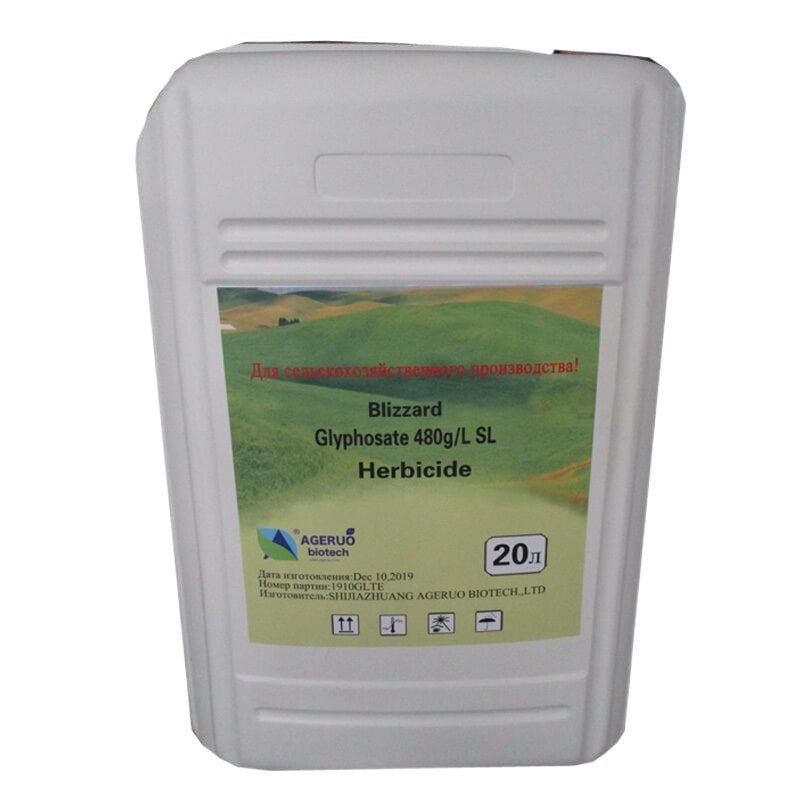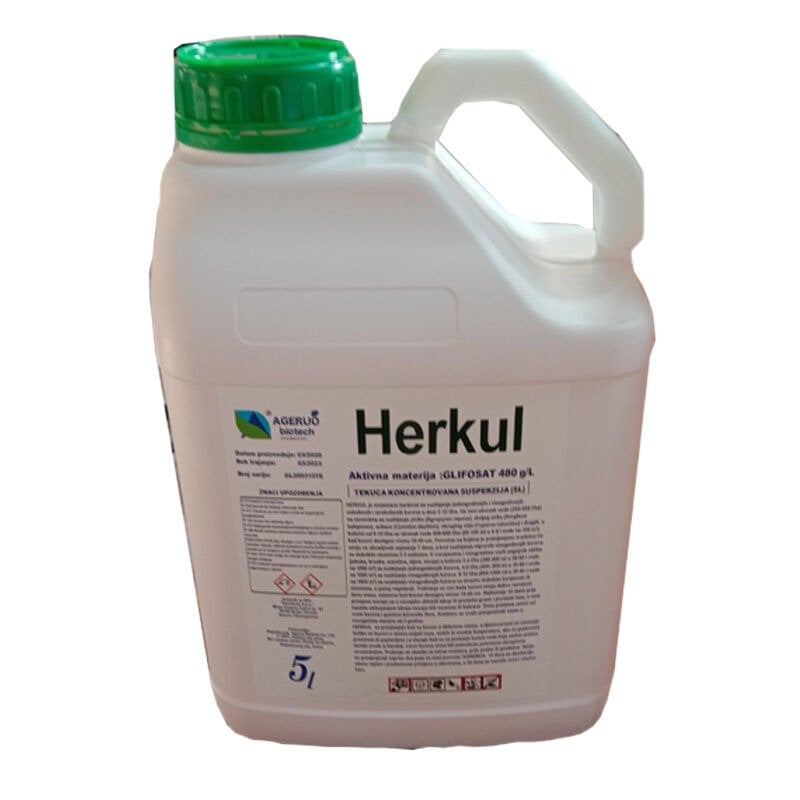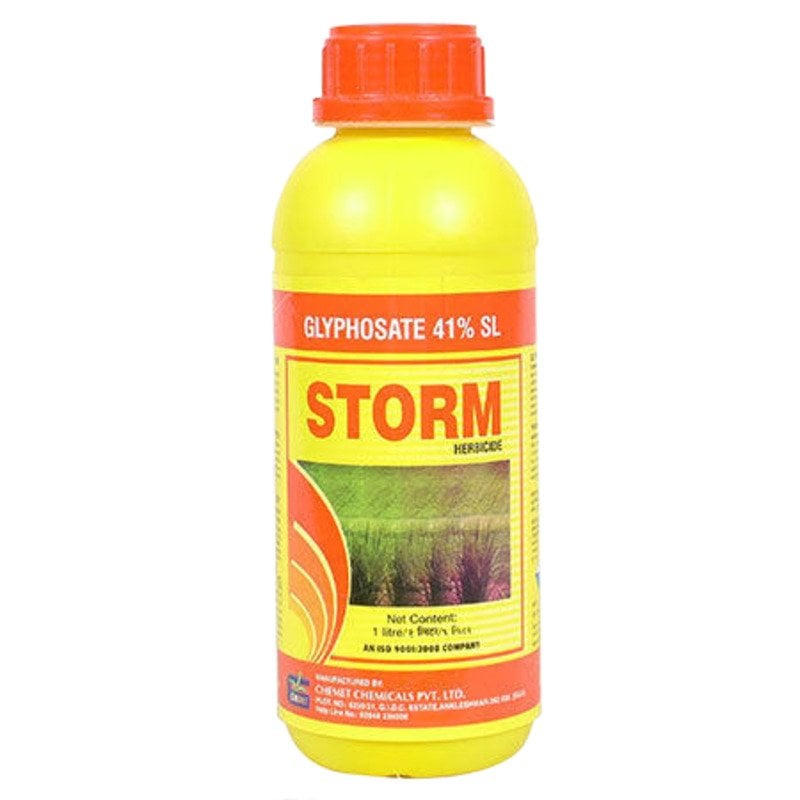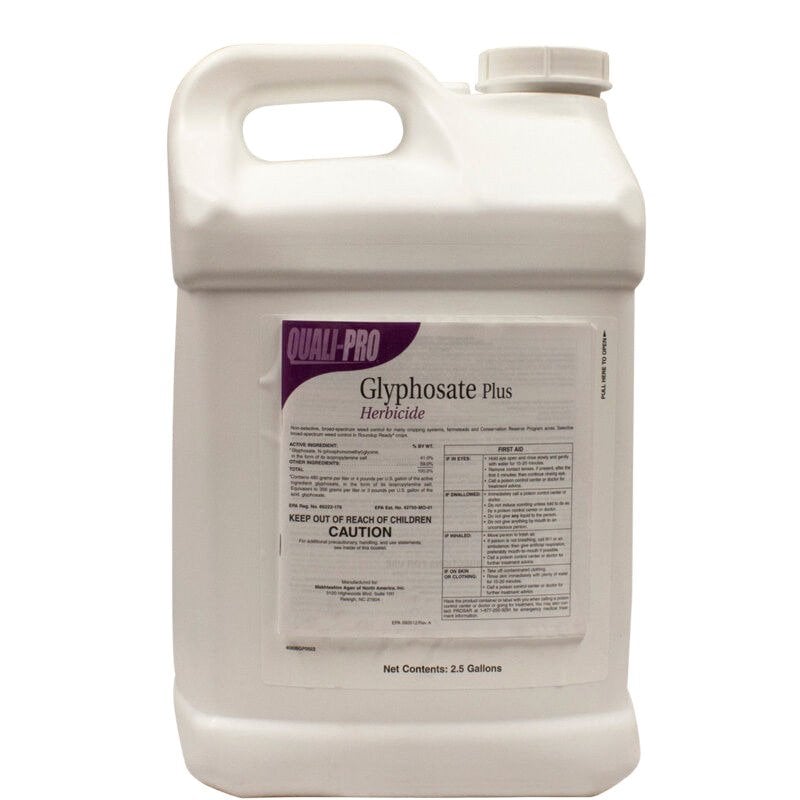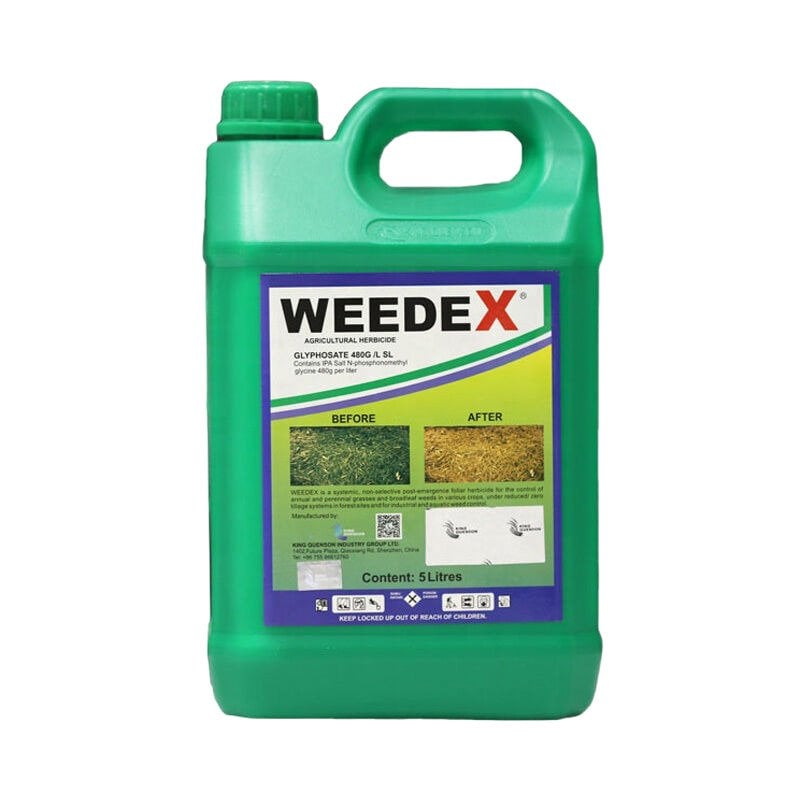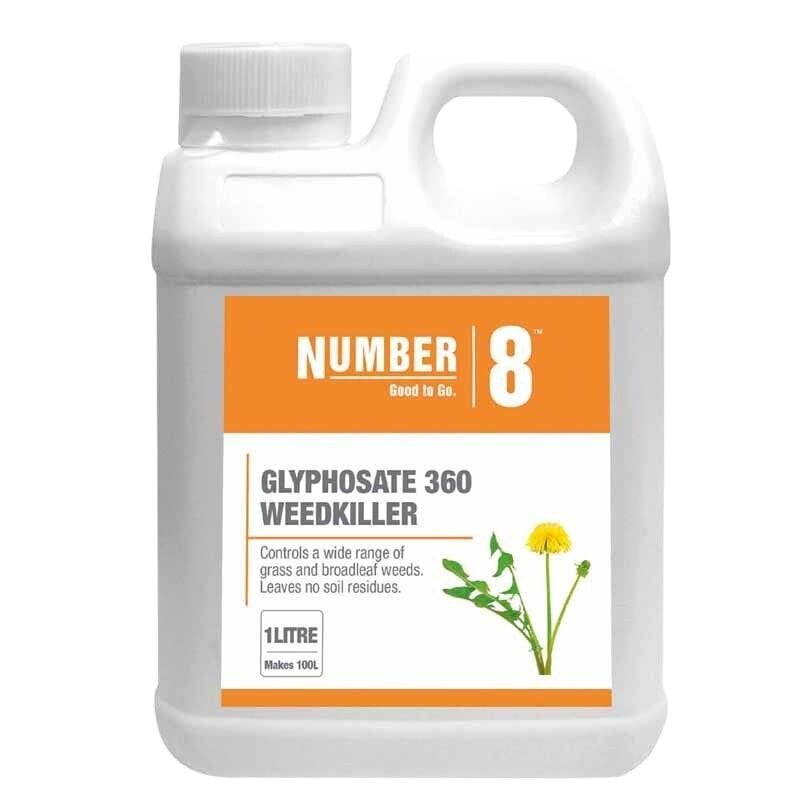How Long Does Glyphosate Need to Be on Before Rain?
Glyphosate, a systemic, non-selective herbicide, requires sufficient time to be absorbed by plants before rain to ensure effectiveness. The rainfast period (minimum time needed before rainfall) depends on glyphosate formulation, weather conditions, and application rates.
1. Standard Rainfast Time for Glyphosate
Most glyphosate formulations require at least 30 minutes to 2 hours to become rainfast.
Some advanced formulations (with surfactants) claim to be rainfast in 30 minutes.
Ideal absorption time for best results: 4–6 hours before rainfall.
2. Factors Affecting Glyphosate Absorption Before Rain
a. Formulation Type
- Basic glyphosate formulations (without surfactants) require longer drying times (2+ hours).
- Enhanced formulations (with surfactants) may be rainfast in 30–60 minutes.
- Adding an adjuvant (e.g., surfactants) can improve rainfastness.
b. Plant Type & Growth Stage
- Young, actively growing weeds absorb glyphosate faster (30 min – 2 hours).
- Mature, waxy, or drought-stressed weeds require longer (4–6 hours).
- Broadleaf weeds absorb glyphosate faster than grasses, which have a waxy cuticle.
c. Weather Conditions
- High humidity and warm temperatures improve glyphosate absorption.
- Cool temperatures or drought stress slow down uptake, requiring longer exposure before rain.
- Heavy rain shortly after application can wash off glyphosate, reducing effectiveness.
3. Glyphosate Rainfast Times by Formulation
| Glyphosate Type | Rainfast Time | Best Application Conditions |
|---|---|---|
| Standard Glyphosate (41%+ with no surfactant) | 2–4 hours | Warm, dry conditions |
| Glyphosate with Surfactant | 30–60 minutes | Moderate temperatures, light rain expected |
| Glyphosate with Adjuvants Added | 30–90 minutes | Hot or humid weather |
| Higher-concentration glyphosate (50%+ active ingredient) | 1–2 hours | Well-hydrated weeds |
4. What Happens If It Rains Too Soon?
- If rain occurs within 30 minutes, most glyphosate is washed off, reducing effectiveness.
- If rain occurs after 1–2 hours, effectiveness is partially reduced, but some absorption may still occur.
- If rain occurs after 4–6 hours, glyphosate absorption is mostly complete, and control should be effective.
Solution If Rain Falls Too Soon
- Wait 24–48 hours to assess weed damage before reapplying.
- If weeds still appear healthy, a second glyphosate application may be necessary.
5. Best Practices for Applying Glyphosate Before Rain
Check the weather forecast before application.
Apply in the morning to maximize drying time before evening rain.
Use a formulation with surfactants to improve rainfastness.
Avoid spraying in high wind to prevent drift.
Reapply if heavy rain occurs within 30 minutes of spraying.
Final Answer: How Long Before Rain?
- Standard glyphosate: 2–4 hours before rain.
- Enhanced formulations (with surfactants): 30 minutes – 2 hours.
- Ideal absorption time: 4–6 hours for maximum effectiveness.
For best weed control, ensure glyphosate is fully absorbed before rainfall to avoid reduced performance.
Glyphosate, a systemic, non-selective herbicide, requires sufficient time to be absorbed by plants before rain to ensure effectiveness. The rainfast period (minimum time needed before rainfall) depends on glyphosate formulation, weather conditions, and application rates.
1. Standard Rainfast Time for Glyphosate
Most glyphosate formulations require at least 30 minutes to 2 hours to become rainfast.
Some advanced formulations (with surfactants) claim to be rainfast in 30 minutes.
Ideal absorption time for best results: 4–6 hours before rainfall.
2. Factors Affecting Glyphosate Absorption Before Rain
a. Formulation Type
- Basic glyphosate formulations (without surfactants) require longer drying times (2+ hours).
- Enhanced formulations (with surfactants) may be rainfast in 30–60 minutes.
- Adding an adjuvant (e.g., surfactants) can improve rainfastness.
b. Plant Type & Growth Stage
- Young, actively growing weeds absorb glyphosate faster (30 min – 2 hours).
- Mature, waxy, or drought-stressed weeds require longer (4–6 hours).
- Broadleaf weeds absorb glyphosate faster than grasses, which have a waxy cuticle.
c. Weather Conditions
- High humidity and warm temperatures improve glyphosate absorption.
- Cool temperatures or drought stress slow down uptake, requiring longer exposure before rain.
- Heavy rain shortly after application can wash off glyphosate, reducing effectiveness.
3. Glyphosate Rainfast Times by Formulation
| Glyphosate Type | Rainfast Time | Best Application Conditions |
|---|---|---|
| Standard Glyphosate (41%+ with no surfactant) | 2–4 hours | Warm, dry conditions |
| Glyphosate with Surfactant | 30–60 minutes | Moderate temperatures, light rain expected |
| Glyphosate with Adjuvants Added | 30–90 minutes | Hot or humid weather |
| Higher-concentration glyphosate (50%+ active ingredient) | 1–2 hours | Well-hydrated weeds |
4. What Happens If It Rains Too Soon?
- If rain occurs within 30 minutes, most glyphosate is washed off, reducing effectiveness.
- If rain occurs after 1–2 hours, effectiveness is partially reduced, but some absorption may still occur.
- If rain occurs after 4–6 hours, glyphosate absorption is mostly complete, and control should be effective.
Solution If Rain Falls Too Soon
- Wait 24–48 hours to assess weed damage before reapplying.
- If weeds still appear healthy, a second glyphosate application may be necessary.
5. Best Practices for Applying Glyphosate Before Rain
Check the weather forecast before application.
Apply in the morning to maximize drying time before evening rain.
Use a formulation with surfactants to improve rainfastness.
Avoid spraying in high wind to prevent drift.
Reapply if heavy rain occurs within 30 minutes of spraying.
Final Answer: How Long Before Rain?
- Standard glyphosate: 2–4 hours before rain.
- Enhanced formulations (with surfactants): 30 minutes – 2 hours.
- Ideal absorption time: 4–6 hours for maximum effectiveness.
For best weed control, ensure glyphosate is fully absorbed before rainfall to avoid reduced performance.


